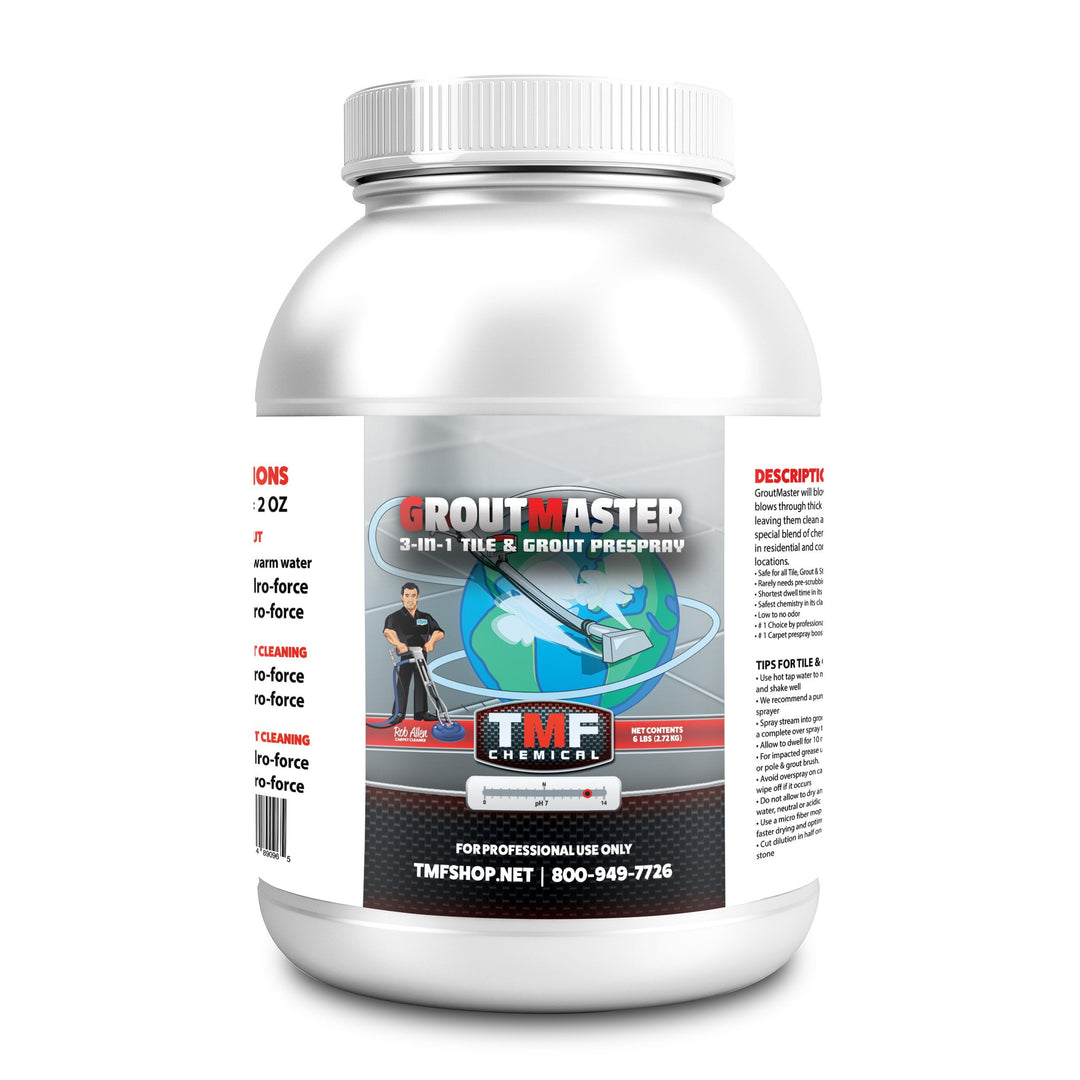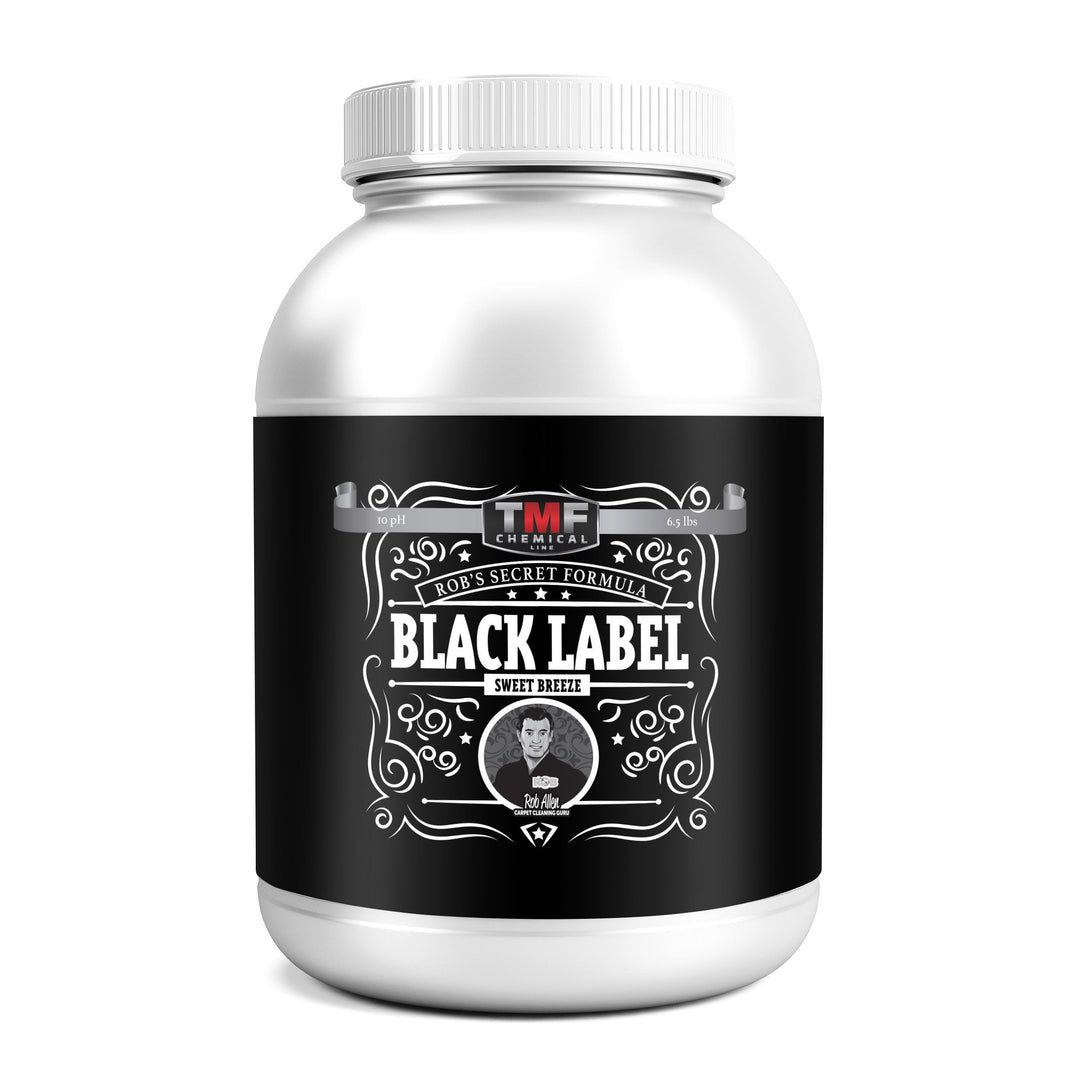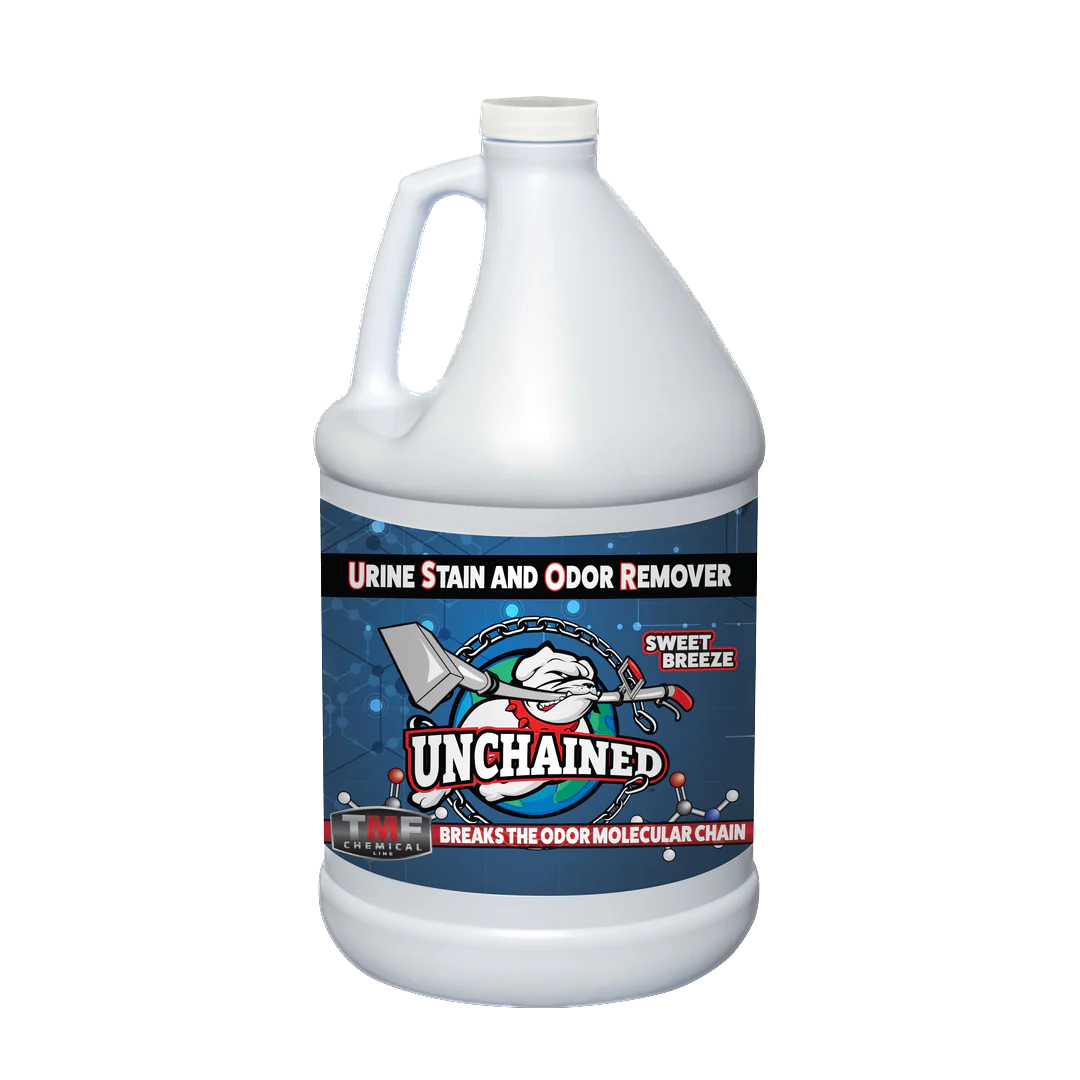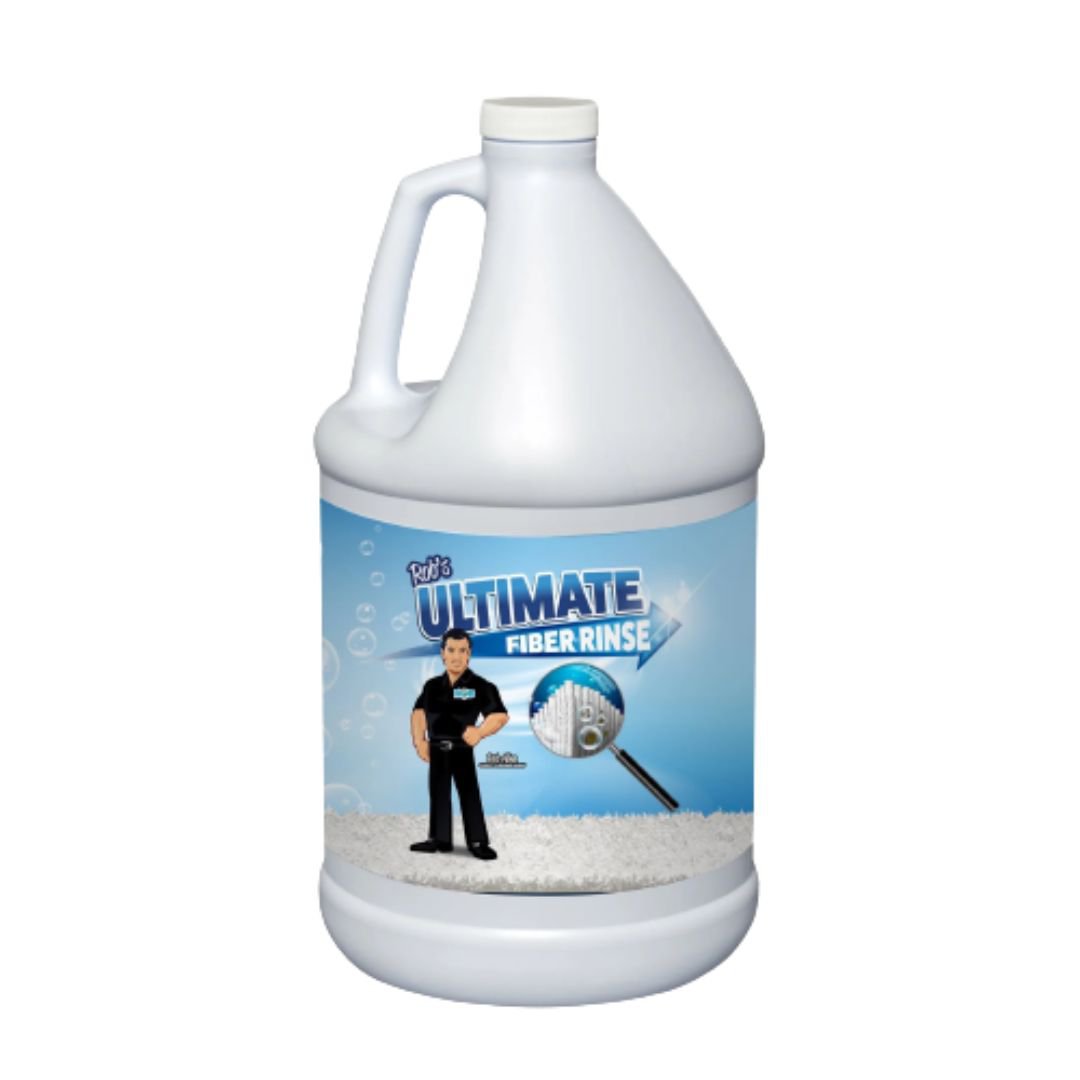How to Connect Truckmount to Fuel Tank
Ever wondered how to connect truckmount to fuel tank? Well, you're in luck. We've got the lowdown on how to get your truckmount system up and running so you can focus on what you do best—cleaning.
After years of experience, we've figured out the most efficient and safe way to connect your truckmount to your fuel tank. So, let's dive right in!
What this article covers:
What You Will Need
For connecting a truckmount to a fuel tank, you will need the following tools:
- Safety Gear: Gloves, safety goggles, and closed-toe shoes for personal protection.
- Wrench Set: For tightening and loosening bolts and nuts.
- Fuel Line: A high-quality fuel line to connect the fuel tank to the truckmount.
- Hose Clamps: To secure the fuel line connections.
- Fuel Tap: To control the flow of fuel from the tank to the truckmount.
These tools are essential for a safe and effective setup. Having them ready before starting the process will make the job much smoother.
5 Steps to Connect a Truckmount to a Fuel Tank
Based on our experience, here are the five quick steps to connect a truckmount to a fuel tank.
Step 1: Safety First
Before diving into the nitty-gritty, let's talk safety. You'll want to don a pair of sturdy gloves to protect your hands from any sharp or rough edges. Safety goggles are non-negotiable to shield your eyes from potential splashes or flying debris.
And remember those closed-toe shoes; spills and dropped tools are occupational hazards, and you'll want your feet covered. Trust us, we've been there, and you want to take advantage of this step. Safety isn't just a slogan; it's a way to ensure you can keep doing what you’re best at—cleaning.

Step 2: Gather Your Tools
Now that you're all geared up let's ensure you've got the right tools for the job. A wrench set is crucial for tightening and loosening various fittings. You'll need a high-quality fuel line, which will serve as the lifeline between your fuel tank and truckmount.
Hose clamps are essential for securing this fuel line, ensuring no leaks or slips. And last but not least, a fuel tap to control the fuel flow. Lay all these tools out on a clean surface so you can quickly grab what you need.
Step 3: Locate The Fuel Tank
Now, let's get down to business. Locate your vehicle's fuel tank; it's usually situated at the rear end of the vehicle. Identify the fuel line you'll be connecting to. This is often a rubber hose connected to the fuel pump.
After doing this a few times, we can vouch for the importance of a high-quality fuel line. It ensures a secure and leak-free connection, which is vital for both safety and efficiency. Take a moment to clean the area around the fuel line connection point; any dirt or debris could compromise the connection.
Step 4: Install The Fuel Tap
Time to install the fuel tap. This small but crucial component allows you to control fuel flow to the truckmount. Attach the fuel tap to the existing fuel line using your wrench set. Ensure it's tight and secure but not overly so—you don't want to strip the threads.
Once it's in place, give it a few turns to ensure it operates smoothly. This is your control point, so it must be accessible and functional.
Step 5: Connect The Fuel Line
Take your new fuel line and connect it from the fuel tap to the truckmount. Slide on your hose clamps over the fuel line ends before making the connections.
Once the fuel line is in place, tighten the hose clamps using a flat-head screwdriver or a small wrench. In our experience, double-checking these connections is always a good idea. A loose connection can lead to fuel leaks, which are both dangerous and wasteful.

Step 6: Test The Connection
You've made it to the final stretch—congratulations! But before you start working with your tools, testing the connection is crucial to ensure everything works as it should. First, ensure your work area is clear of any tools or debris. Safety is still our top priority, even at this stage.
Now, turn on the fuel tap gently. Listen for any hissing sounds or look for any signs of leakage around the connections. If you hear or see anything unusual, turn off the fuel tap immediately and revisit your connections. It's better to catch issues now than to deal with more significant problems later.
Once you're confident there are no leaks, go ahead and start your truckmount. Let it run for a few minutes and observe. Is it operating smoothly? Are there any unusual sounds or vibrations?
If everything seems in order, give yourself a pat on the back—you've successfully connected your truckmount to your fuel tank!
Conclusion
And there you have it! You've successfully learned how to connect a truckmount to a fuel tank. It's not rocket science, but it does require attention to detail. We hope this guide has been helpful.
At Truckmount Forums, we take pleasure in providing not only great advice but also quality commercial carpet cleaning equipment that is safe and top-of-the-line. Happy cleaning, everyone!
If you want to learn more, why not check out these articles below:
- How Does It Work Truck Mount Carpet Cleaning Machine?
- Built a Truck Mount Carpet Cleaner Heater
- TruckMount Carpet Cleaner
- Truck Mount Carpet Cleaner Benefits
- TruckMount Forum Best Professional Carpet Spotting Kit
- How to Truck Mount a Pressure Washer
- How to Crank Truck Mount Machine
- What Is the Production Rate for Truck Mount Carpet Cleaning
- Why Do Some Truck Mount Carpet Cleaners Run Hotter Than Others
- Does Truck Mount Cleaning Leave Carpet Slippery
- How to Keep a Truck Mount Cleaning Machine from Freezing
- How Long to Keep System Maintainer in TruckMount Forum
- How Do You Clean Your TruckMount
- How to Winterize a Truck Mount
- Carpet Walk Behind Extractor vs. Portable vs. Truck Mount
